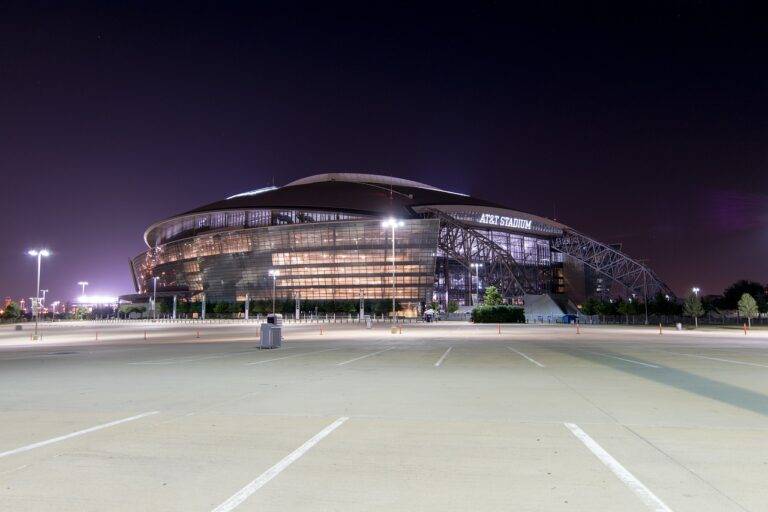The Evolution of IPL Umpiring Standards
Reddy Anna Book, Reddy Book Club: In the early days of IPL umpiring, the role of match officials was crucial in ensuring fair play and upholding the spirit of the game. With the fast-paced nature of T20 cricket, umpires had to make split-second decisions on LBWs, run-outs, and no-balls, often under immense pressure from players, coaches, and the buzzing crowd.
The challenges faced by umpires in IPL matches were numerous, ranging from dealing with high-intensity situations to handling technology limitations. Umpires had to rely heavily on their on-field judgment and experience to make accurate decisions, knowing that any mistake could potentially impact the outcome of the match and lead to backlash from fans and stakeholders. Despite the challenges, IPL umpires were resilient and dedicated to maintaining the integrity of the game, establishing themselves as key figures in the tournament’s success.
Challenges Faced by Umpires in IPL Matches
Umpires in IPL matches often find themselves under intense scrutiny by players, coaches, and fans alike. The fast-paced nature of the game, combined with high stakes and the scrutiny of cameras and replays, adds immense pressure on umpires to make split-second decisions. In the heat of the moment, these decisions can sometimes be questioned, leading to potential controversies and backlash.
Another challenge faced by umpires in IPL matches is the constant need for consistency in decision-making. With players pushing boundaries and seeking any advantage they can get, umpires must remain vigilant and impartial throughout the match. The pressure to ensure fair play while dealing with competitive players can be mentally taxing for umpires, making it crucial for them to stay focused and make accurate decisions under pressure.
Technology’s Impact on IPL Umpiring Decisions
The introduction of technology in IPL umpiring decisions has revolutionized the way matches are officiated. One of the key advancements is the Decision Review System (DRS), which allows teams to challenge on-field decisions using video replays. This has significantly reduced the margin of error and added an element of fairness to the game.
Furthermore, the introduction of tools like the Hawk-Eye and Snickometer has provided umpires with additional aids to make more accurate decisions, especially in cases of LBW appeals and faint edges. These technologies help in resolving contentious situations swiftly and with greater precision, ultimately enhancing the overall quality and integrity of IPL matches.







